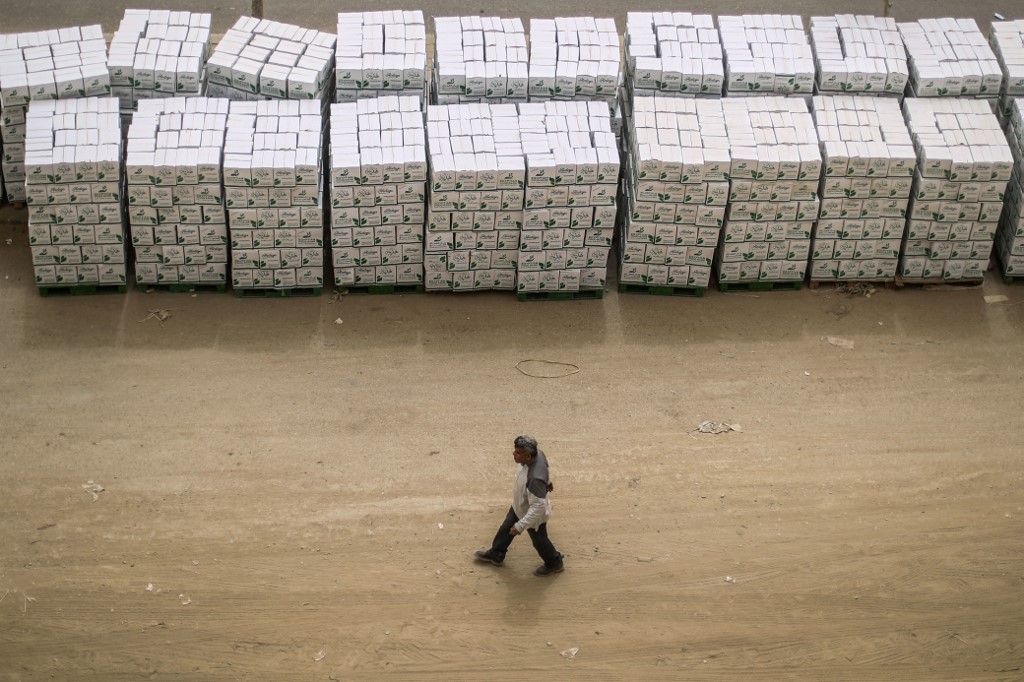São Paulo – The International Monetary Fund (IMF) has revised the Middle East and North Africa (MENA) region’s growth to 3.3% in 2021 and jumping to 4.2% in 2022. In October, the IMF expected the region to attain a growth of 2.2% in 2021, Egyptian newspaper Al Ahram reported.
The figures came within the IMF’s update on the Middle East and Central Asia (MCD) region’s economic growth, released on Thursday (4). The IMF has not announced its projections for each country in the region.
The IMF attributed the region’s growth revision largely to a stronger-than-expected performance among oil exporters, as the absence of the second wave in some countries boosted non-oil activity. It also said that the impact of the pandemic’s first wave was lower than expected.
“Countries with diversified vaccine providers and production have more favorable or broadly unchanged forecasts, while the outlook for those with more limited access to vaccines and those harder hit by the second wave looks weaker,” said the IMF.
Additionally, countries that adopted stronger fiscal and monetary policies in response to the pandemic are also expected to have a stronger recovery, supported by a shallower trough in 2020, according to the IMF. Fragile and conflict-affected states will be especially battered, with 2021 GDP levels projected at 6% lower than in 2019, according to the IMF.
Touching upon the region’s recovery from the COVID-19 pandemic, the IMF said that risks remain high as renewed infections could delay recovery in the absence of vaccines and policy space.
“Recent mutations of the virus could pose additional challenges. Further spending needs could exacerbate debt sustainability concerns in several countries,” said the Fund.
It added that delays in or mismanagement of vaccine distribution along with the higher vulnerabilities caused by the pandemic could lead to social unrest. “Access to the COVID-19 vaccine will play a critical role in the region’s recovery ahead,” said the IMF.
Translated by Guilherme Miranda




